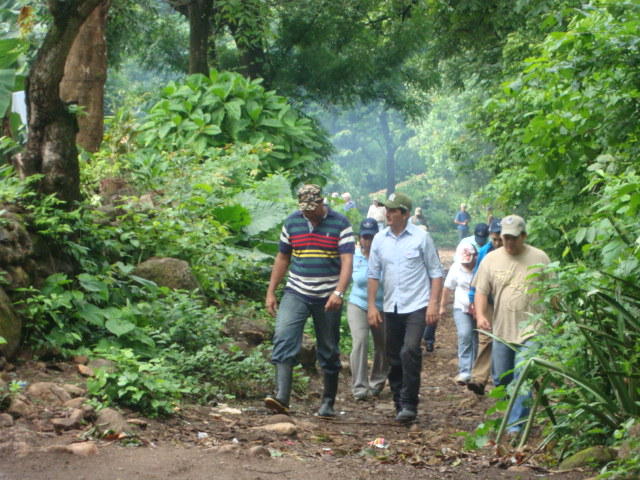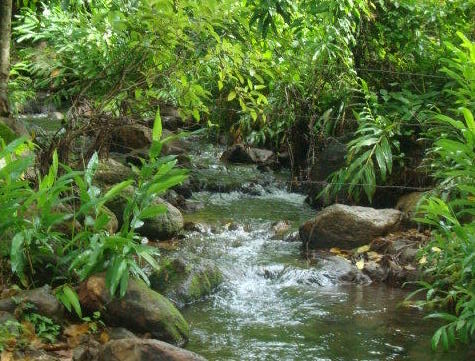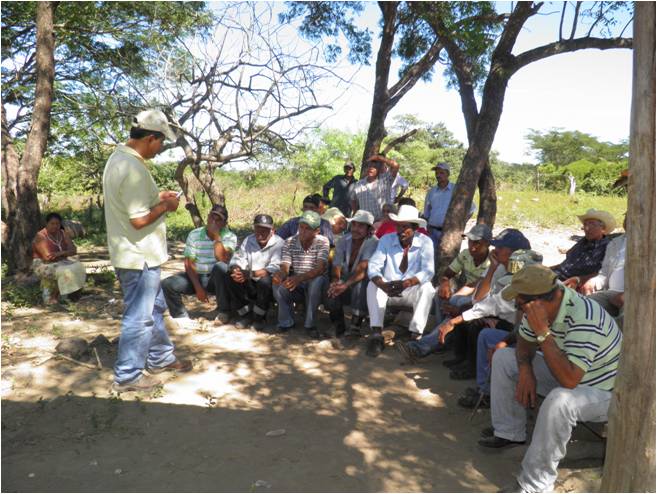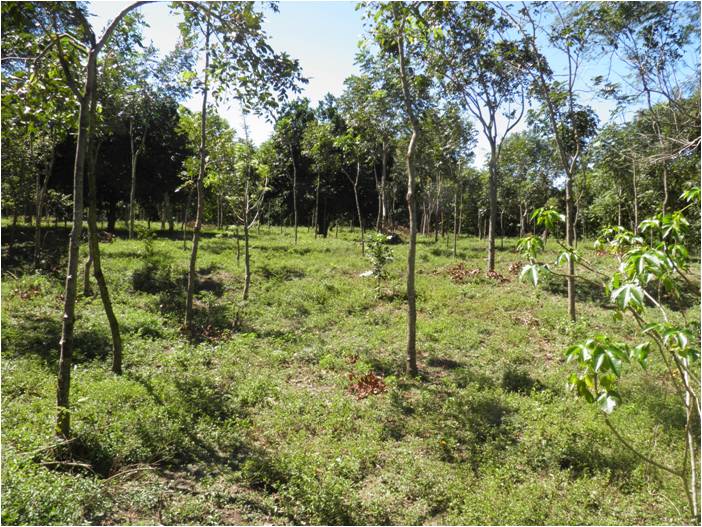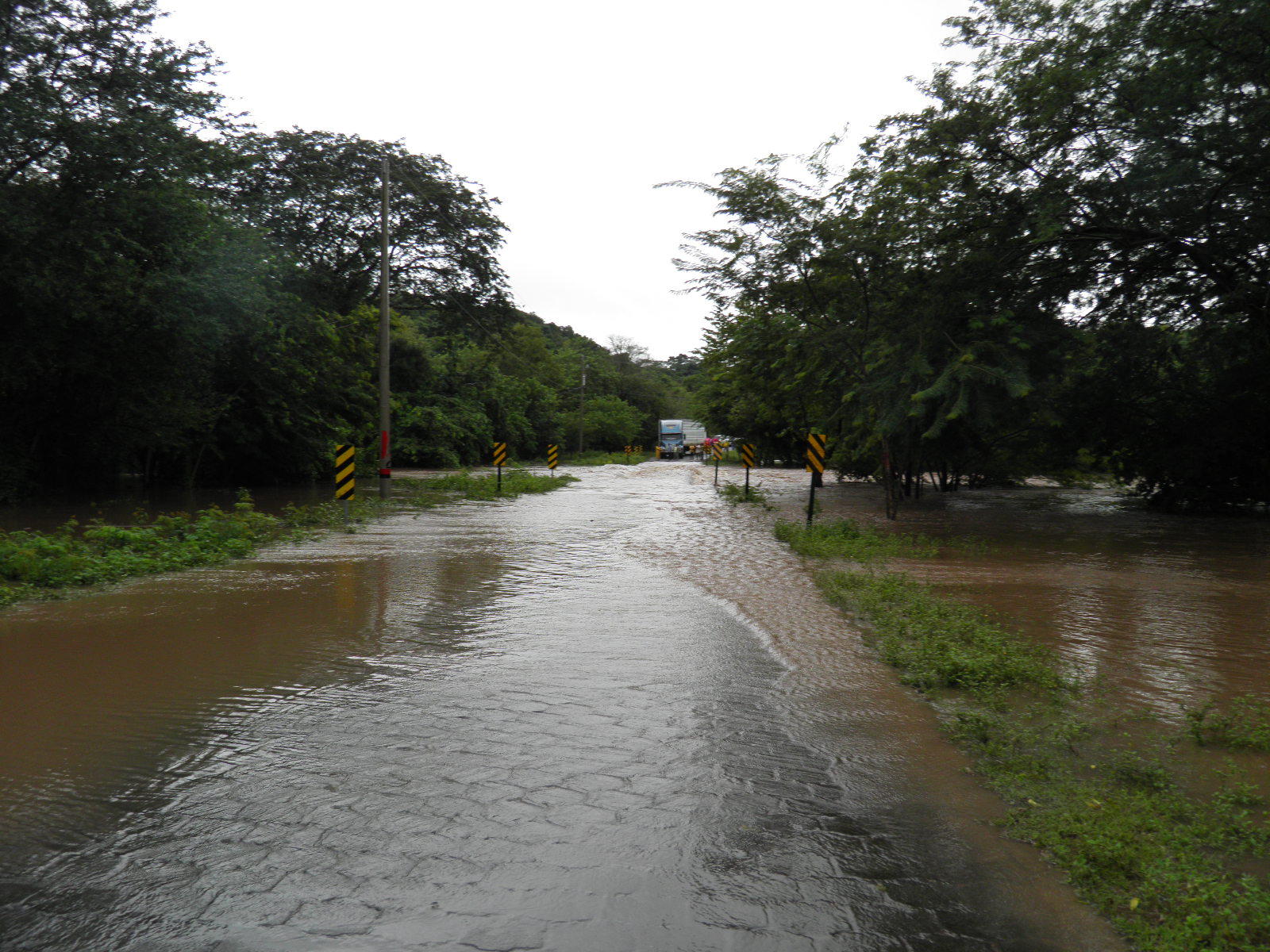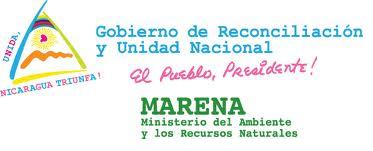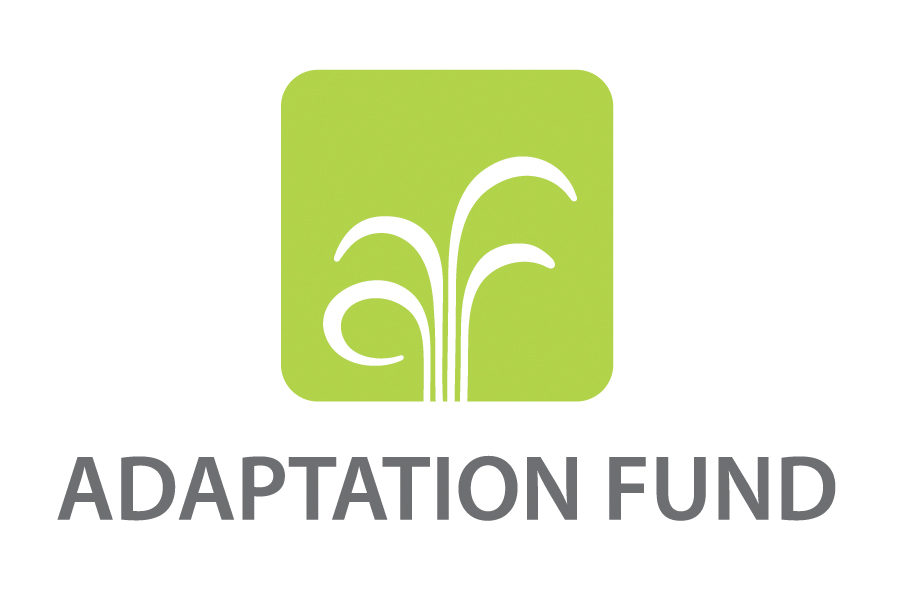Reducing Risks and Vulnerability to Flooding and Drought in Nicaragua
Project Overview
Climate variability, especially during El Niño-Southern Oscillation (ENSO) episodes, results in droughts that cause significant losses, particularly affecting the agricultural sector on which Nicaraguans' food security depends. This project is designed to reduce drought and flooding risks generated by climate change and variability in the Estero Real River watershed. To reach this objective, this project relies upon a coordinated set of interventions designed to implement new public policies for addressing climate change by introducing agro-ecological practices and participatory watershed management in highly vulnerable rural communities. Through targeted investments in water retention, long-term farm planning, and institutional capacity building in local communities, municipalities and government agencies, the project will validate an adaptation scheme as a vehicle for implementation of the national climate change strategy.
Project Details
Nicaragua is extremely susceptible to natural hazards, including hurricanes, destructive earthquakes, volcanic eruptions, and landslides. Moreover, flooding and droughts present some of the most challenging natural phenomena to contend with. The areas that will be most affected by climate change are those currently classified as dry zones, such as the northern region and the municipalities in the departments of Chinandega and León, where the current project will be located.
In these areas, higher temperatures and increasing rainfall variability combined with more intense events will aggravate current conditions of water scarcity and extreme poverty. Under changed climate conditions, it is estimated that these areas will receive an average annual rainfall of 500mm, which will have significant repercussions for agricultural and livestock activities, and will also affect both water quantity and quality.
This project seeks to reduce climate change-related risks from droughts and flooding Estero Real River watershed. This will be achieved through investments in water storage infrastructure and climate resilient agro-ecological practice pilots for family farms in the designated project areas.
Key Results and Outputs
Component 1: Investments in infrastructure for storing and using rain and surface water in eight micro-watersheds in the upper watershed of the Estero Real River.
Create two communal irrigation systems in two micro-watershed (Output 1.1) and at least 880 rainwater collection and storage facilities in eight micro-watersheds (Output 1.2) to supply family farms. Train and organize at least 100 farm families in management, efficient use and maintenance of their communal and individual irrigation systems and water storage facilities (Output 1.3).
Component 2: Introduction of climate resilient agro-ecological practices to make effective use of available water.
Prepare agro-ecological farm transformation plans with at least 1000 farm families to use their own resources and available credit for implementation (Output 2.1). In each micro-watershed, convert at least 140 hectares to water-conscious and climate resilient agro-ecological production (Output 2.2) and at least 50 hectares in water system recharge areas and riparian zones (Output 2.3).
Component 3: Institutional development and capacity building in micro-watersheds, municipalities, and participating national institutions.
Work with local organizations in eight micro-watersheds to prepare and implement climate-resilient management plans (Output 3.1) and establish inter-institutional coordinating bodies in El Sauce, Achuapa, and Villanueva to arrange governmental and NGO work plans (Output 3.2). Design proposals for instruments to build resilience and for operation of a Villanueva River sub-watershed committee (Output 3.3), and facilitate the adoption of climate adaptation measures in nine municipalities’ plans and policies (Output 3.4).
Component 4: Ongoing monitoring and analysis of climatic conditions and changes in land use, water flows and soil quality.
Identify hydraulic works needed to reduce flooding in lower Villanueva River basin (Output 4.1). Establish ongoing participation monitoring of water flows and quality, soil conditions, and land use changes (Output 4.2), along with electronic information posts, monitoring data dissemination, and preparation of maps for farmers, organizations, and users of the National Environmental Information System (SINIA) (Output 4.3).
Reports and Publications
Document
PIFs
Monitoring and Evaluation
Programme monitoring and evaluation will be carried out by the Programme Team and the UNDP-Country Office in accordance with established UNDP procedures.
